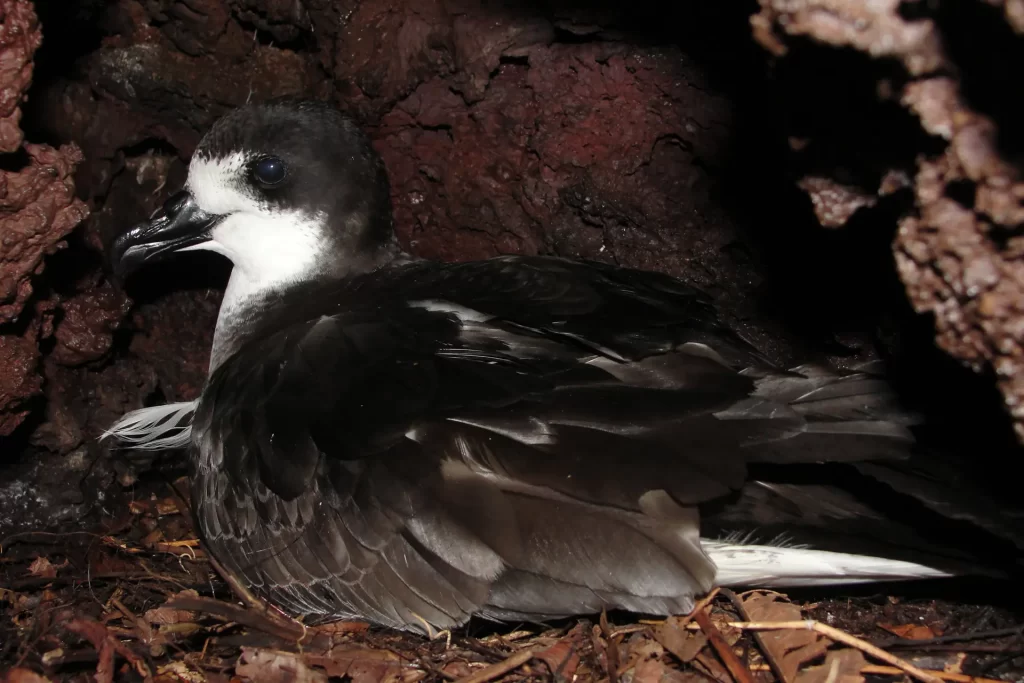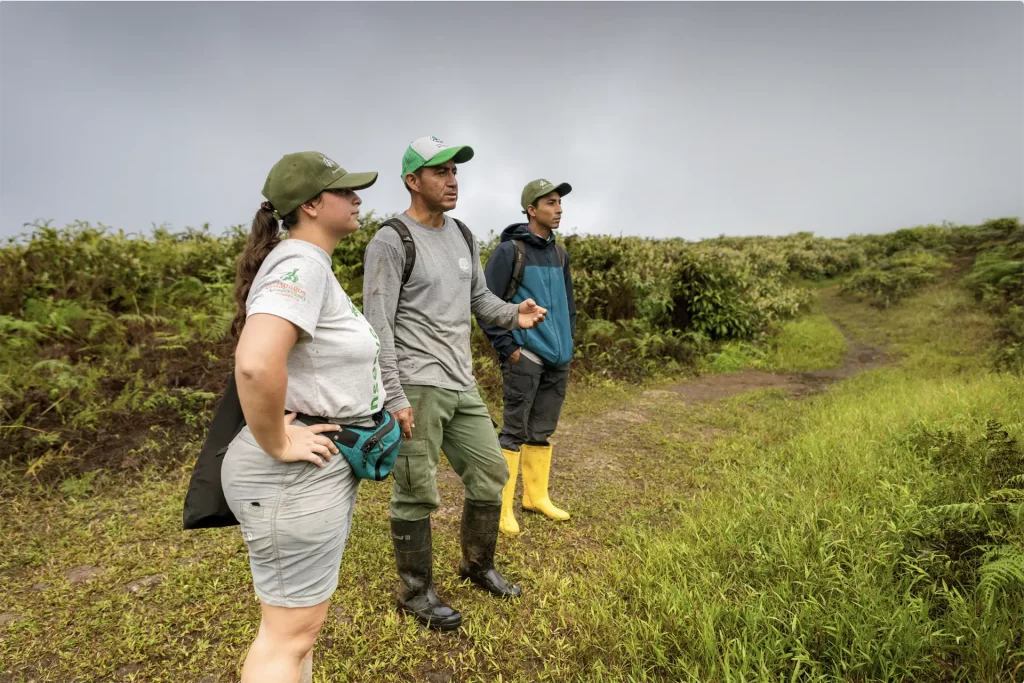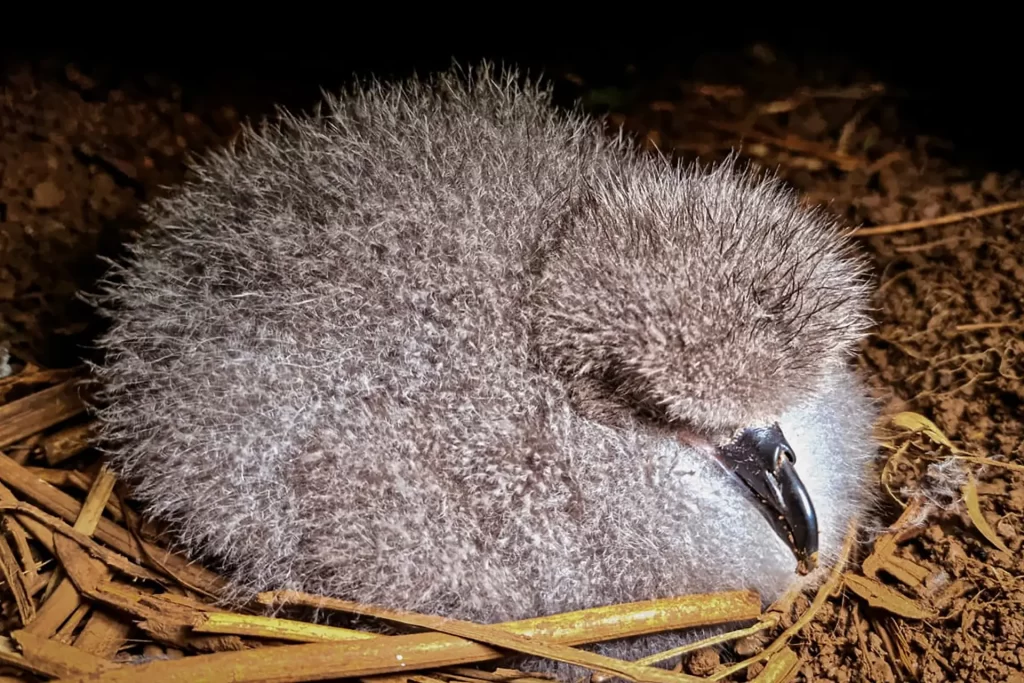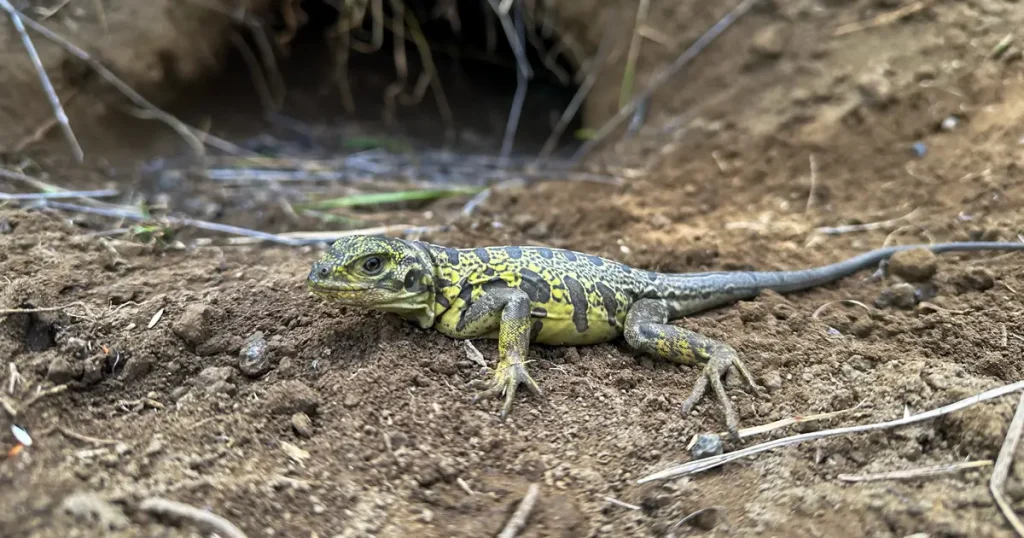Conserving the Galápagos Petrel: A Plan for Survival

The Galápagos Petrel, Pterodroma phaeopygia, is one of six seabirds unique to the Galapagos. It spends much of its time at sea around Galápagos scanning the sea surface for squid, small fish, and invertebrates but returns land to nest in burrows it digs deep into the flanks of the archipelago’s volcanoes. Their flight – characterized by erratic twists and turns as the birds wing their way through the darkness toward their nests, all while calling raucously – is striking to witness.
Once nesting densely near the tops of most volcanoes, this emblematic inhabitant of the Galápagos skies has faced a growing threat in recent decades: invasive species that have led to a concerning decline in Galápagos Petrel’s abundance and distribution in the archipelago.
An Endangered Species
This seabird has been known to nest in the higher elevation, moist zones of five islands: San Cristóbal, Floreana, Santa Cruz, Santiago, and Isabela. Each population is considered an independent management unit due to their reproductive isolation, which has generated distinct morphological and behavioral adaptations in the petrels nesting on each island. Despite these differences, all populations share a common fate, that is, being Critically Endangered, according to the International Union for Conservation of Nature (IUCN) Red List of Threatened Species.
The challenges facing the Galápagos Petrel are diverse and complex. The invasion of non-native species, both flora and fauna and the encroachment of human activities are the primary culprits. Invasive plants, such as guava (Psidium guajava) and the quinine tree (Cinchona pubescens), are the major problem for the petrels. These plants displace native and endemic plant species and, more importantly, create extensive root networks that adult petrels cannot penetrate when excavating their nesting burrows. Similarly, invasive blackberry (Rubus niveus) forms thorny networks, causing many petrels to become fatally trapped when trying to enter or leave their nests.

In National Park areas, feral animals prey on chicks at different stages of development, black rats prey on eggs and chicks, and even adult petrels are hunted by feral cats, dogs, and pigs.
In nesting areas near agricultural areas, cows, horses, and donkeys grazing freely trample and destroy petrel nests. This is a big problem because experts believe the petrels are faithful to their nesting sites. Each nesting burrow built is used year-after-year such that any nest burrow destroyed is difficult to replace. This nesting site fidelity highlights the critical importance of protecting the natural habitats of these seabirds.
A Project of Hope
Each threat poses unique challenges to the survival of these seabirds. However, we can turn the tide in the petrel’s favor by implementing precise and effective conservation measures. Galápagos Conservancy has recently partnered with the Galápagos National Park Directorate, with funding from the National Fish and Wildlife Foundation, to implement an ambitious conservation project for the remaining petrel populations that require urgent attention on Santa Cruz, Santiago, and Isabela Islands, while other organizations focus on helping petrel populations on San Cristóbal and Floreana Islands.
Santa Cruz Island: Restoring the Ecosystem
In the center of the Galápagos archipelago, Santa Cruz Island is home to as many as 759 nesting petrels. Here, our team will be working closely with the Galápagos National Park Rangers to manage the nesting habitat of petrels. One of our primary tasks will be removing invasive plants in the key breeding colonies hindering the petrel’s nesting. We will also attach GPS tags to some adult petrels to track their real-time location and movement, which will provide us with valuable insights into their feeding, resting, and breeding behaviors.
Santiago Island: Recovering Lost Splendor
Decades ago, Santiago Island was home to what was once the largest known nesting population of Galápagos petrels. However, its current status is unknown due to a lack of monitoring and protection in recent decades. This project aims to revitalize petrel monitoring on Santiago Island and identify the management actions needed to help this population recover.
Isabela Island: A Mystery to Uncover
In the remote slopes of Sierra Negra volcano on Isabela Island lies a population of Galápagos petrels whose population status and needs have never been well known. This mystery represents a challenge and an opportunity for the conservation of this unique species. The project will mark the beginning of thorough research to understand what is happening with this unique population and to identify what is necessary to protect it.
A Call to Action
With community support and international collaboration, we can ensure a future where these majestic birds continue to soar through the night skies of the Galápagos. Management measures and decisions based on technical criteria, thanks to studies conducted, will also be critical to the conservation of this species. The complex process of protecting this species demands constant effort, and we appreciate the support of our many donors, whose generosity supports the conservation actions implemented by our organization. Every action, no matter how small, counts in this fight for the survival of the Galápagos Petrel.




